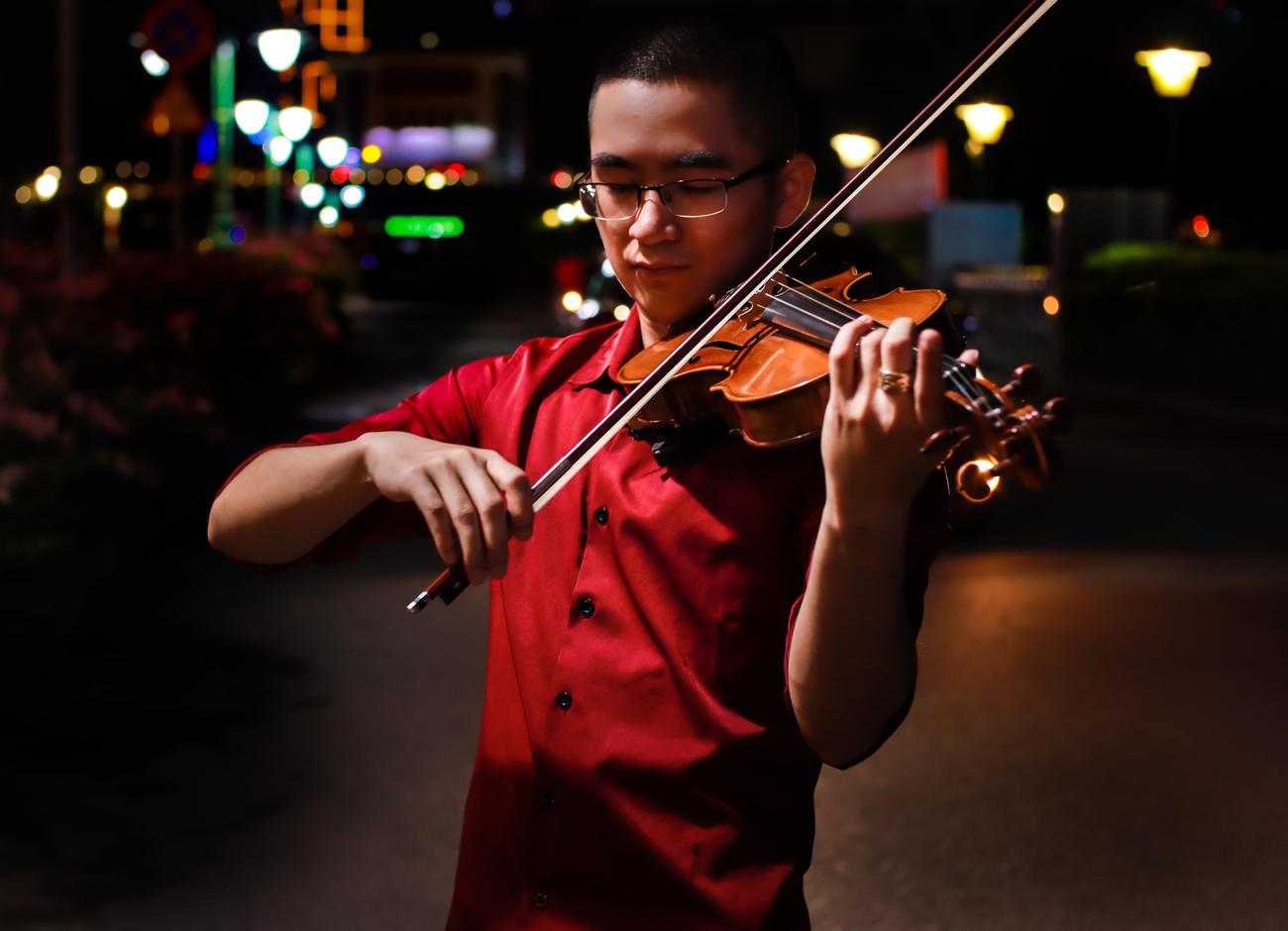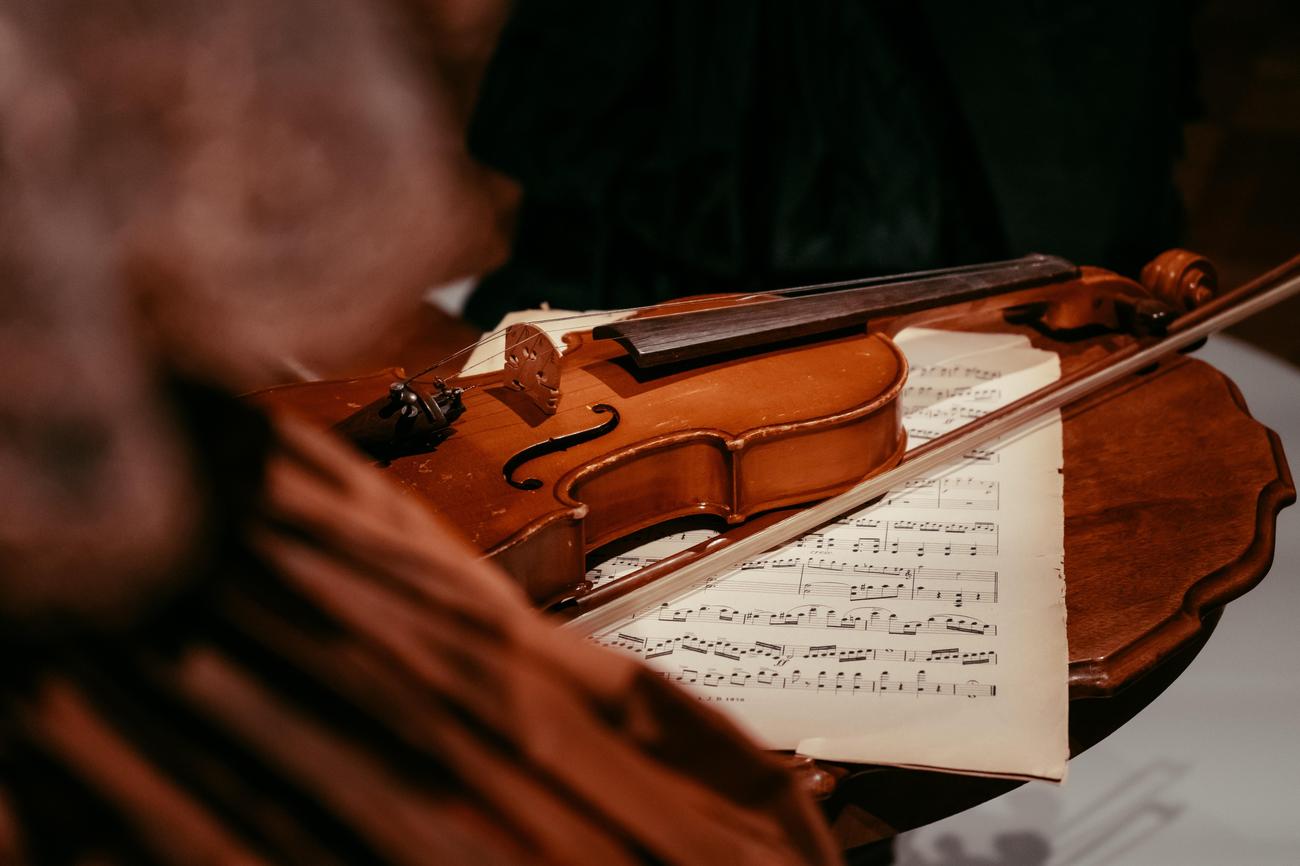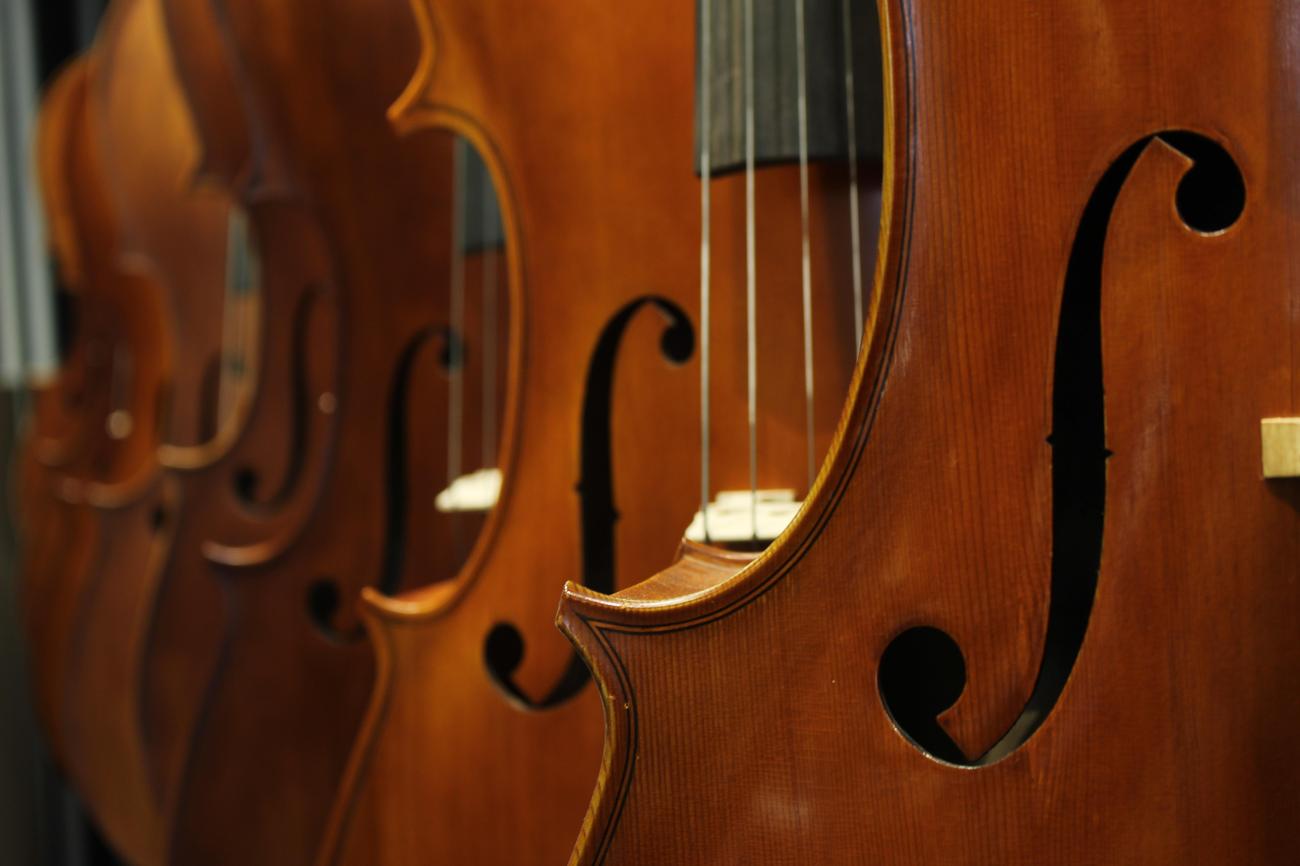Discovering the intricate world of music often involves encountering unique terms and instruments, such as the fiddle and the violin. While many may assume these terms are interchangeable, seasoned musicians and scholars understand that there are distinctions to be made. In our comprehensive article titled “The Distinctions: Fiddle vs. Violin Explained,” we will unravel the intriguing differences between these two string instruments. Drawing upon years of experience as a professional violinist and music teacher, we will delve into the historical, cultural, and technical aspects that set a fiddle and a violin apart. Whether you’re a musician, a music enthusiast, or simply curious about the intricacies of musical instruments, this article will provide you with a nuanced understanding of the distinctions between a fiddle and a violin.

What is the Difference Between a Fiddle and a Violin?
As a seasoned musician with a background in both classical and folk music, I have often been asked about the difference between a fiddle and a violin. While they may look identical, there are some distinct nuances that set these instruments apart in terms of playing style, musical genres, and cultural associations.
First and foremost, it’s important to understand that the words “fiddle” and “violin” actually refer to the same stringed instrument. The term “fiddle” is simply an informal, colloquial way of referring to the violin. So when someone asks, “What is the difference between a fiddle and a violin?” the answer is, technically, there isn’t one. However, in practice, there are some subtle distinctions to consider.
The primary difference between a fiddle and a violin lies in the style of music played on each instrument. Traditionally, the violin is associated with classical music and jazz, while the fiddle is commonly used in folk and traditional genres. The distinction in musical genres impacts the playing techniques and overall approach to the instrument.
When it comes to technique, fiddling tends to be more melodic and rhythmic in nature. Fiddlers often emphasize danceable rhythms and play with a greater sense of spontaneity and improvisation. They often rely less on sheet music and more on their own memory and musical intuition. On the other hand, violin playing is known for its complexity and precision. Classical violinists follow written compositions closely and often spend years perfecting their technique and interpretation of the music.
To summarize:
The fiddle and the violin may be the same instrument, but they are approached differently in terms of playing style and musical genres.
In addition to playing style and genre, the historical and cultural associations of the fiddle and the violin also contribute to their distinctions. The violin has a prestigious place in classical music history, and its lineage can be traced back several centuries. On the other hand, the fiddle has deep roots in traditional folk music, often reflecting the cultural heritage of a particular region or community.
While the physical appearance of a fiddle and a violin is identical, there are some variations in setup and tonal preferences. Some fiddlers may opt for a slightly lower bridge or different types of strings to achieve a brighter, more vibrant sound. Violinists, on the other hand, often strive for a rich and powerful tone that can fill a concert hall. These differences in setup and tonal preferences are subtle but can be significant to players and those with a discerning ear.
To further distinguish the fiddle from the violin, it’s important to note that the term “fiddle” can technically refer to any instrument in the viol family. However, in common usage, it is most commonly used to refer to the violin. So if someone refers to their instrument as a fiddle, they are most likely talking about a violin.
In conclusion:
Both the fiddle and the violin are used to describe the same instrument. The difference lies in their playing styles, musical genres, historical associations, and cultural contexts.
In the end, whether we call it a fiddle or a violin, what truly matters is the music that emanates from this remarkable instrument. The ability to express emotions, create art, and connect with others through music is what makes the violin (or fiddle) a cherished companion for musicians worldwide. So, whether you prefer the precise and complex world of classical violin or the rhythmic and soulful melodies of fiddle music, the beauty and versatility of this instrument remain steadfast.
As a musician, I find it fascinating how a simple change in terminology can reveal so much about the cultural and musical diversity of our world.
The violin, with its elegant curves and rich, resonant sound, has captivated music lovers for centuries. If you’ve ever been curious about this magical instrument, you’re in luck! We’ve curated a list of 10 fascinating facts about the violin that will leave you amazed. From its origins in 16th-century Italy to its intricate construction and iconic role in classical music, there’s so much to discover. So, why wait? Click here to uncover the secrets behind the violin: 10 facts about the violin.
The Difference Between a Violin and a Fiddle
[youtube v=”gUuCUyzbvt4″]
Overview
In this article, we will explore the difference between a violin and a fiddle. While the terms are often used interchangeably, there are subtle distinctions that relate to the style of music played, historical and cultural associations, and varying tonal preferences. Let’s dive in and uncover the nuances of these two names for the same instrument.
The Distinction in Musical Styles
The primary difference between a violin and a fiddle lies in the style of music performed on each instrument. The violin is commonly associated with classical music and jazz, where precision and intricacy are highly valued. On the other hand, fiddles are predominantly used in folk and traditional genres, focusing more on melody and rhythm. Fiddling often emphasizes danceable rhythms and encourages improvisation, making it a popular choice for energetic and lively performances.
“The violin is known for its complexity and precision, while the fiddle leans towards melodic and rhythmic aspects, placing importance on danceable rhythms and improvisation.”
Historical and Cultural Associations
The historical and cultural associations of the violin and fiddle also contribute to their distinctions. The violin has a prestigious place in classical music history and is renowned for its role as a concert instrument in symphonies and chamber music. The fiddle, on the other hand, has deep roots in traditional folk music and is closely connected to various cultural heritages around the world. These associations have played a significant role in shaping the perception and usage of both instruments.
“The violin holds a prestigious position in classical music, whereas the fiddle is deeply rooted in traditional folk music, giving each instrument its distinct character.”
Variations in Setup and Tonal Preferences
While the technical aspects of violins and fiddles are generally the same, there may be slight variations in setup and tonal preferences. Fiddlers often opt for a slightly different setup, such as a flatter bridge, to achieve a brighter and more resonant sound, ideal for cutting through in lively musical contexts. In contrast, violinists strive for a rich and powerful tone that can encompass the intricacies of classical compositions.
“Fiddlers may prefer a brighter tone achieved through a flatter bridge, whereas violinists focus on a rich and powerful tone that suits the nuances of classical music.”
The Interchangeable Nature of the Terms
While the terms “fiddle” and “violin” are used to describe the same instrument, their usage can vary depending on the player and the context. Many professional classical musicians occasionally refer to their instrument as a fiddle, considering it a term of endearment. Ultimately, any fiddle can be a violin, and any violin can be a fiddle, depending on the style of music being played and the preference of the musician.
“The terms ‘fiddle’ and ‘violin’ are interchangeable, with their usage depending on the musician and the musical context.”
The Beauty and Versatility of the Instrument
Regardless of whether it’s called a fiddle or a violin, the instrument’s beauty and versatility remain steadfast. Its ability to evoke emotions, captivate audiences, and create exceptional musical experiences are unparalleled. Whether you are drawn to the precision of classical violin or the energy of fiddle music, both offer incredible opportunities for expression and musical exploration.
“The violin/fiddle, no matter the name, is a truly beautiful and versatile instrument that has the power to move and captivate audiences across genres.”
So, whether you’re a violinist or a fiddler, the love for this incredible instrument and the music it creates is what truly matters. The next time you find yourself engaged in a passionate debate about the difference between a violin and a fiddle, remember that they share more in common than sets them apart.

FAQs
Q: What is the difference between a fiddle and a violin?
A: The terms “fiddle” and “violin” are often used interchangeably, but there are some distinctions between the two. Technically, they both refer to the same stringed instrument, with the “fiddle” being an informal term for the violin. However, the music played on each instrument may differ. The violin is often associated with classical music and jazz, while the fiddle is commonly used in folk and traditional genres. Additionally, violin playing tends to be more complex and often involves reading sheet music, while fiddling is usually more melodic and rhythmic, with fiddlers often improvising and playing from memory.
Q: Are the physical appearances of a fiddle and a violin the same?
A: Yes, the physical appearance of a fiddle and a violin is identical. Both instruments have a double-curved body, a thin neck, and four strings tuned to G, D, A, and E.
Q: What is the historical and cultural significance of fiddles and violins?
A: Both fiddles and violins have rich historical and cultural significance. The violin has a long-standing tradition in classical music, dating back several centuries. It has been used by renowned composers and orchestras to create masterpieces. On the other hand, the fiddle has deep roots in folk music and traditional genres, representing cultural heritage and community celebrations. Depending on the region, fiddles may be associated with specific cultural traditions and have unique playing styles.
Q: Can a violinist play the fiddle and vice versa?
A: Yes, a violinist can play the fiddle and vice versa. Since the physical structure and tuning of the instruments are the same, a skilled violinist can easily transition to playing the fiddle and vice versa. However, it may require some adjustment in technique and style to adapt to the different genres and playing techniques associated with each instrument.
Q: Is it necessary to learn both the violin and the fiddle?
A: It is not necessary to learn both the violin and the fiddle, but doing so can greatly expand your musical versatility and understanding. Learning both instruments allows musicians to explore different musical genres, broaden their repertoire, and develop diverse playing techniques. It can also provide a deeper appreciation for the historical and cultural significance of both the violin and the fiddle. However, it ultimately depends on the individual’s musical goals and interests.














